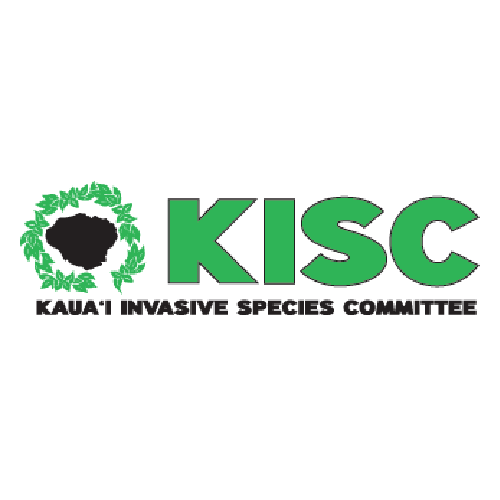Family: Poaceae
Chloris gayana (Rhodes grass, Abyssinian Rhodes grass) is a grass native to Africa. It is sometimes cultivated as a pasture grass for livestock or used as an erosion control. It is reported to be naturalized throughout the tropics and subtropics. It has been reported as naturalized on the islands of Niʻihau, Oʻahu, Lanai, Molokai, Maui, and Hawaiʻi. Although it is reported as an agricultural weed in other regions, in the Hawaiian Islands it generally occurs mostly in disturbed habitats and roadsides. It is valued locally as forage grass, however if too much nitrogen fertilizer is added, the grass can become toxic to livestock. Its broad climate and soil suitability, and ability to reproduce vegetatively, put it at risk for spreading. However, it doesn’t seed well unless cross pollinated, and doesn’t form a persistent seed bank.
High Risk Traits:
- Broad climate suitability and elevation range
- Thrives, and spreads, in regions with tropical climates
- Naturalized on Niihau, Oahu, Lanai, Molokai, Maui, and Hawaii, and widely naturalized elsewhere
- A disturbance-adapted weedy grass that may impact agriculture or the natural environment
- Other Chloris species are invasive weeds
- Can be made poisonous to ruminants by too much nitrogen fertilizer applied to the growing plants
- Tolerates many soil types (not substrate-limited)
- Forms almost pure stands
- Reproduces by seeds and vegetatively by stolons
- A short-lived perennial or annual, able to reach maturity in one growing season
- Seeds can be spread by wind, water, attachment to clothing, animals, vehicles, and machinery and in contaminated agricultural produce
- When established, tolerates fire and heavy grazing
Low Risk Traits:
- Although reported as a weed of agriculture and the environment elsewhere, in the Hawaiian Islands, generally occurring in disturbed habitats or roadsides, but otherwise valued as a forage grass
- Unarmed (no spines, thorns, or burrs)
- Very palatable forage species
- Non-toxic (if too much nitrogen has not been applied)
- Generally poor shade tolerance (dense shade may limit ability to spread)
- Primarily cross-pollinating (very low or absent seed set after self-pollination)
- Seeds do not survive well after ingestion by grazers (i.e., animals unlikely to spread seeds internally)
- Seeds have little or no dormancy and are unlikely to form a persistent seed bank
- Herbicide may provide effective control




